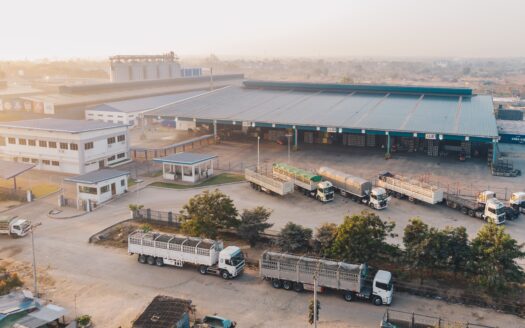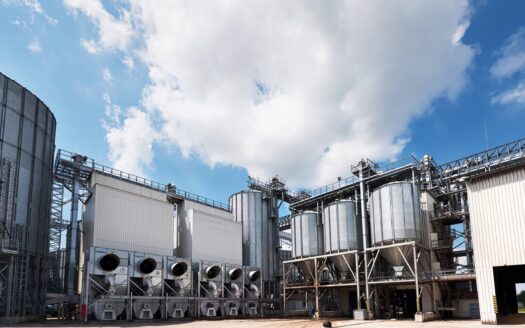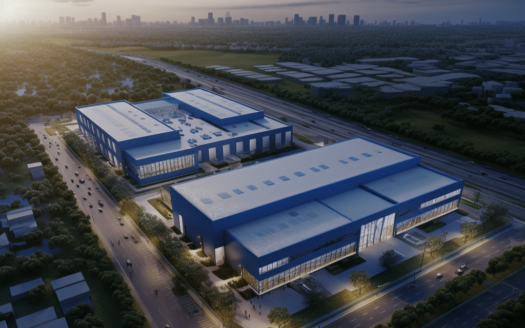The definition and importance of warehousing have been described as follows: Warehousing is the important aspect of the supply chain and retains immense significance since it provides an efficient way of storing commodities to enhance operation. For any business owner or an individual interested in doing business in the retail, manufacturing or logistics sectors in Malaysia, understanding the relative costs of warehousing is paramount. This article will give you the breakdown of the Malaysia Warehouse cost so that you can make an informed decision.
Contents
Where can I find out how much does a warehouse cost in Malaysia?
The cost of warehouses in Malaysia differ due to size of the warehouse, location, type of warehouse and its intended use. The question here is whether one decides to rent or to build then they are bound to incur different costs. Let’s dive deeper.
Costs by Warehouse Type
The kind of warehouse that you choose plays a big role in determining the cost. Here’s a breakdown by common warehouse types:
General Storage Warehouses:
These are the most common types, more so for general goods’ storage and are hence widely used. According to location and availability of facilities rental costs normally vary between RM2 to RM5 per square feet per month for rented business premises.
Cold Storage Warehouses:
Most suitable to industries dealing with perishable commodities such as the food and pharmaceutical industries, cold storage facilities entail higher costs because of the required equipment. The cost could be anything from RM 8 to RM 15 per square feet monthly.
Automated Warehouses:
Fitted with high technologies such as the use of robots and efficient inventory control system, these warehouses are expensive but functional. Building costs are pegged at above RM500 per square feet; rents range from RM15 to RM25 per square feet.
Custom-Built Warehouses:
These sorts of facilities are special purpose or as they are commonly referred to, ‘bespoke’. There are discounts according to the level of customization, however the average building cost ranges from RM200 up to RM600 per sq ft of construction.
Specializations with best and cheap rates
Warehouse costs depend on the location of the facility. Here’s a look at some of the main regions in Malaysia:
Klang Valley:
Kuala Lumpur and Selangor as a region, known as the Klang Valley, is one of the premier logistics centers. This is because the demand has made the rental prices higher with RM4 up to RM8 for every square footage.
Penang:
Being a factory hub and a leading exporter of electrical and electronics products, Penang has slightly lower tariffs as compared to Klang Valley. For the standard shops, they are preparing around RM 3-RM 6 per square foot for the warehouses.
Thanks to its location near Singapore, Johor is one of the main logistics centers. The rates are fair here, with normal general storage warehouses ranging from 15 to 25 Malaysian ringgit per square feet.
Other Regions:
Places like Ipoh, Melaka, and Kuantan are relatively cheap, with rent varying between 1.50 RM to 3.50 RM per square feet making them suitable for business men with laurette budgets.
Costs of Building vs. Renting
When deciding between building and renting a warehouse, consider the following cost factors:
Building Costs:
Land Acquisition: Prices vary widely. They noted that, in urban areas, the price of land varies from RM50 to RM300 per square foot.
Construction Costs: A traditional warehousing price typically ranges from RM150 to RM300 per sq ft. Specialized buildings could cost more than RM600 a sq ft.
Additional Expenses: These include permit costs, architectural charges, infrastructural costs, which raise the overall cost by 10 – 20 percent.
Rental Costs:
Hire, however, does not need substantial initial investment since the resource is paid for over a period of time. The monthly rental rates of the warehouses per square footage start from RM2 and the maximum of RM25 depending on the type of the warehouse and area.
Due to sections involving maintenance costs in each lease agreement, incorporating them in your business plan is prudent.
Long-Term Cost Implications
Both renting and building have long-term cost implications:
Renting: On this flexible structure, the rental costs tend to be higher due to the inflation factor or changes in the market prices. On the same note, it implies no ownership means no appreciation of the assets.
Building: Although requiring capital investment at the initial stages, it is possible for owning a warehouse to be cheaper in the long run. It means you own something which ultimately is more valuable than simple renting with constant increase in rental prices, but one must take into account maintenance costs.
Tips to Lower Warehouse Costs
Reducing warehouse costs without compromising efficiency is achievable with these strategies:
Optimize Space Utilization:
- Hire metal shelving systems such as vertical storage racks.
- Minimise over purchase of assets through adopting measures of inventory management.
Consider Strategic Locations:
- The focuses should be to select areas that offer cheap rental prices but good transportation networks.
- Do not call in high traffic populated areas if not necessary.
Leverage Shared Warehousing:
- Utilize multi-client warehousing to divide space and cost of operation.
- This is particularly advantageous for the small and medium enterprises that have variable demand for storage services.
Negotiate Lease Terms:
- amounts to long-term leases have lower rental charges compared to short-term leases.
- Avoid hidden costs by detailing cleaning tasks and agreeing with landlords about which will do which.
Adopt Technology:
- To control managing and time consumption it suggests implementing WMS that would decrease the labor costs.
- Implement or integrate any computerization where possible, to eliminate time-wasting activities.
Conclusion
Awareness Of Warehouse Cost Drivers In Malaysia Understanding; the aspects of cost in Malaysian warehouses is crucial in strategic planning. Whether leasing or purchasing, assess the kind, position, and consequences as to the nature and duration of the importance to your enterprise and costs. There are several options for cutting costs and improving efficiency in warehouse; using technology may save a lot. Still, if planned effectively, warehousing investment could form an integral part and parcel of the firm’s success.








